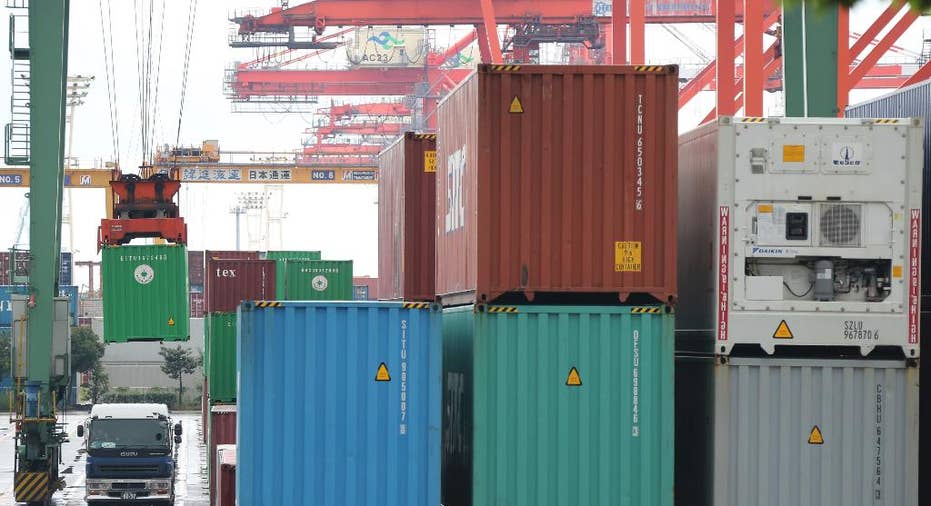Japan's trade deficit widens as export growth slows, imports outpace forecasts

TOKYO – Japan's trade deficit widened to its largest level in five months in July, as exports slowed thanks to faltering demand in China and other key markets, and imports fell by less than forecast.
The 268.1 billion yen ($2.2 billion) deficit reported Wednesday compared with a deficit of 70.5 billion yen ($566 million) in June. Exports rose 7.6 percent from the year before to 6.7 trillion yen ($53.5 billion) while imports fell 3.2 percent to 6.9 trillion yen ($55.7 billion).
Lower costs for imports of oil and gas have reduced Japan's trade deficit in recent months, and the deficit in July was 72 percent lower than in the same month a year earlier. However, imports have not fallen as much as expected, with weakness in the yen countering that trend.
China's recent move to devalue the yuan, making its own products more price competitive in overseas markets, has further deepened unease over the trade outlook.
Asian exporters are all seeing a weakening in exports, accentuated by slowing Chinese demand, Mizuho Bank noted in a research note.
"Commodity exporters are the worst hit given China's heft in commodities, but there is also little doubt that Asian manufacturing exporters have also fared poorly, even in the face of an entrenched U.S. recovery," it said.
At the same time, the U.S. is importing less than in the past as consumers tighten their belts in an era of greater "fiscal discipline."
"As such, even in the midst of robust U.S. demand now, electronics exports from Asia have not been able to record gains seen in the pre-2007 period," it added.
Japan's exports to China rose 4.2 percent from a year earlier, while shipments to the U.S. jumped 18.8 percent, helped by a 41 percent jump in exports of vehicles and parts.
Imports from the Middle East fell 40.5 percent as the value of imports of oil, gas and other fuels fell by about a third. But economists had forecast an even bigger drop.
The economy contracted at a 1.6 percent annual pace in April-June after a 4.5 percent expansion in the first three months of the year, as the recovery again faltered. While weak domestic demand was the biggest hindrance, exports also were a drag on growth.



















